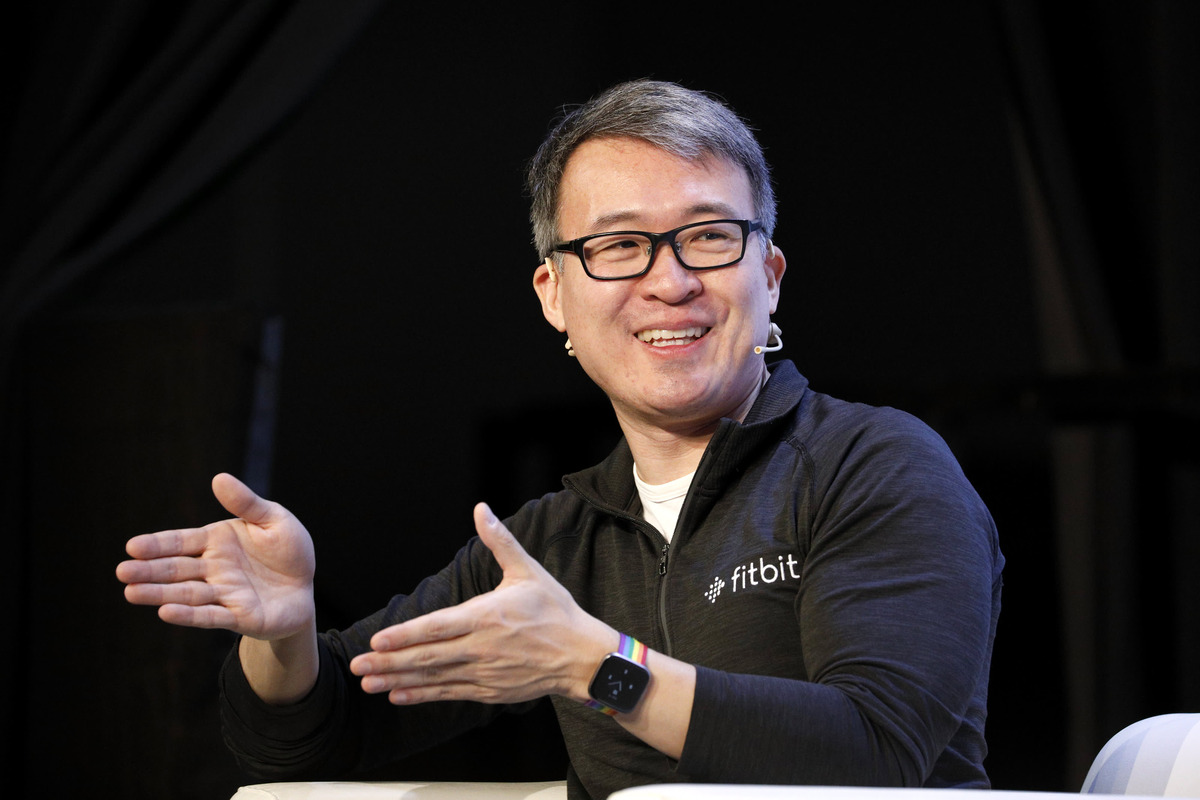
Fitbit, the popular brand known for its wearable fitness devices, was created by James Park and Eric Friedman in 2007. Park and Friedman, both technology enthusiasts, recognized the potential of merging technology and health to create a device that would revolutionize how people track their fitness goals. The idea came to them as they realized the existing technology at that time was not accurately capturing their personal health and activity data.
Driven by their passion for innovation, Park and Friedman embarked on a journey to develop a wearable device that would accurately track steps, calories burned, distance traveled, and sleep patterns. They wanted to create a product that would empower individuals to take control of their health and fitness journey.
Inside This Article
Title: Who Created The Fitbit
Fitbit has become a household name when it comes to fitness trackers and wearable technology. This innovative device has revolutionized the way we track and monitor our daily activities, sleep patterns, and overall health. But have you ever wondered who is behind the creation of the Fitbit?
The story of Fitbit traces back to the early 2000s, when fitness enthusiasts were seeking a more convenient way to monitor their health and activity levels. At that time, traditional pedometers and heart rate monitors were the norm, but they lacked the advanced features and accuracy that modern wearables offer.
It was during this time that James Park and Eric Friedman, two entrepreneurs with a shared passion for technology and fitness, joined forces to create the Fitbit. They recognized the need for a device that could seamlessly track various metrics and provide users with valuable insights into their overall well-being.
James Park, the CEO and co-founder of Fitbit, brought his expertise in technology and business to the table. With a background in software development and a strong entrepreneurial spirit, Park played a pivotal role in transforming the Fitbit from a simple concept to a global phenomenon. He was driven by the vision of empowering individuals to take control of their health and well-being through the use of cutting-edge wearable technology.
Eric Friedman, the CTO and co-founder of Fitbit, brought his technical expertise to the mix. With a background in electrical engineering and a passion for fitness, Friedman played a crucial role in the development and design of the Fitbit device. He focused on ensuring the accuracy of the sensors, optimizing battery life, and creating a user-friendly interface.
Together, Park and Friedman spearheaded the development of the Fitbit, overcoming numerous challenges and hurdles along the way. They were committed to creating a device that seamlessly integrated into the lives of its users and motivated them to live a healthier and more active lifestyle.
Since its launch in 2009, the Fitbit has rapidly gained popularity worldwide, becoming the go-to fitness tracker for millions of people. Its sleek design, comprehensive tracking capabilities, and user-friendly interface have set it apart from its competitors. Today, Fitbit continues to innovate and introduce new features, such as heart rate monitoring, sleep tracking, and GPS functionality, to keep up with the ever-evolving demands of its users.
Conclusion
In conclusion, the Fitbit has revolutionized the world of fitness tracking and has become an essential accessory for individuals looking to improve their health and well-being. With its innovative features and sleek design, the Fitbit has captured the hearts of millions of users worldwide.
The creation of the Fitbit is attributed to James Park and Eric Friedman, who founded the company in 2007. Their vision of empowering individuals to take control of their health and fitness through wearable technology has come to fruition, as the Fitbit has proven to be a reliable and accurate device for tracking activities, monitoring heart rate, and promoting a healthy lifestyle.
As the demand for mobile accessories continues to grow, it is likely that the Fitbit will remain a popular choice for individuals seeking to stay active and track their progress. With ongoing advancements and updates, the Fitbit is sure to evolve and continue to inspire individuals to lead healthier and more active lives.
FAQs
Q: Who created the Fitbit?
A: The Fitbit brand was created by James Park and Eric Friedman in 2007. They co-founded the company with the vision of developing wearable fitness trackers and promoting a healthier lifestyle.
Q: What is the purpose of Fitbit?
A: Fitbit is a popular brand known for its range of wearable devices designed to track and monitor various aspects of fitness and wellbeing. The purpose of Fitbit devices is to help users lead a healthier lifestyle by providing them with accurate data on their physical activity, sleep patterns, heart rate, and more.
Q: How do Fitbit devices work?
A: Fitbit devices utilize a combination of sensors, accelerometers, and other advanced technology to track and monitor fitness-related metrics. These devices are typically worn on the wrist and can detect movement, measure heart rate, estimate calorie burn, track sleep duration and quality, and provide real-time feedback to users via the accompanying Fitbit mobile app.
Q: What are the different types of Fitbit devices available?
A: Fitbit offers a range of devices to cater to different user preferences and needs. Some of the popular Fitbit models include Fitbit Charge, Fitbit Versa, Fitbit Inspire, and Fitbit Sense. Each model varies in terms of design, features, and pricing to accommodate different fitness levels, activity types, and personal styles.
Q: Can Fitbit devices be used with other fitness apps?
A: Yes, Fitbit devices can sync seamlessly with various third-party fitness apps, allowing users to track their progress and integrate their fitness data across different platforms. Fitbit is compatible with popular apps such as Apple Health, Google Fit, MyFitnessPal, and Strava, enabling users to have a comprehensive overview of their health and fitness metrics.
